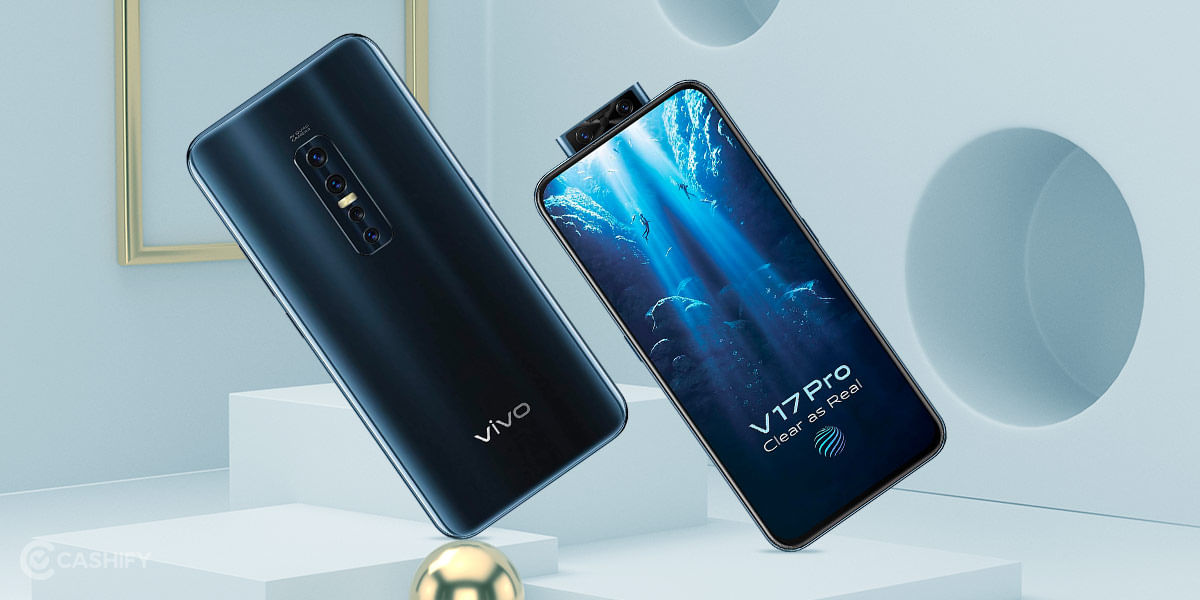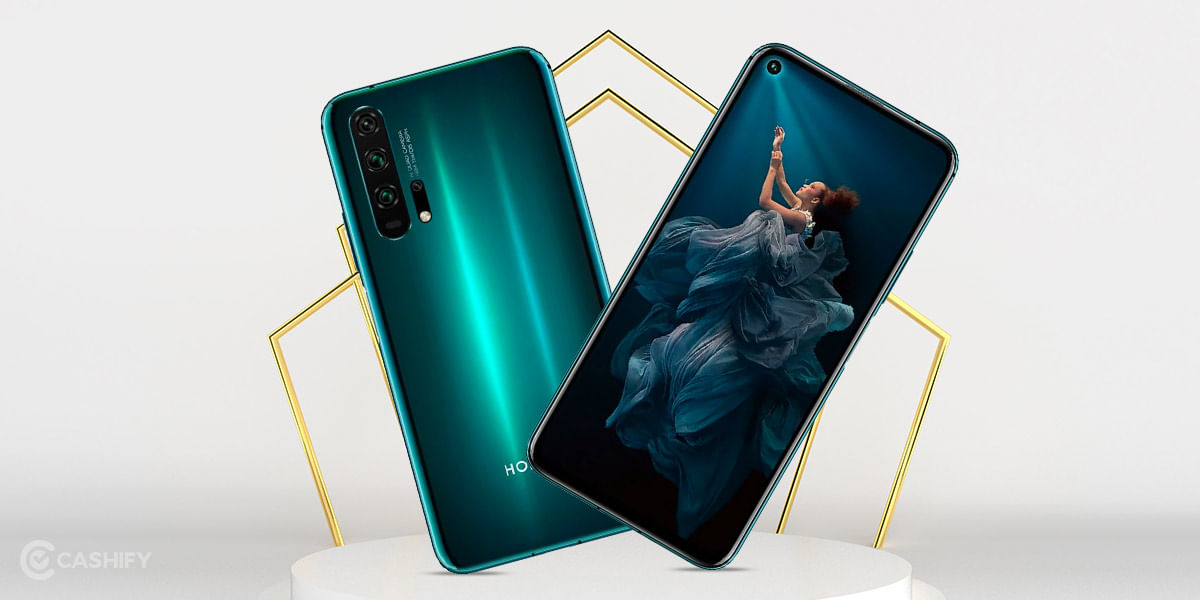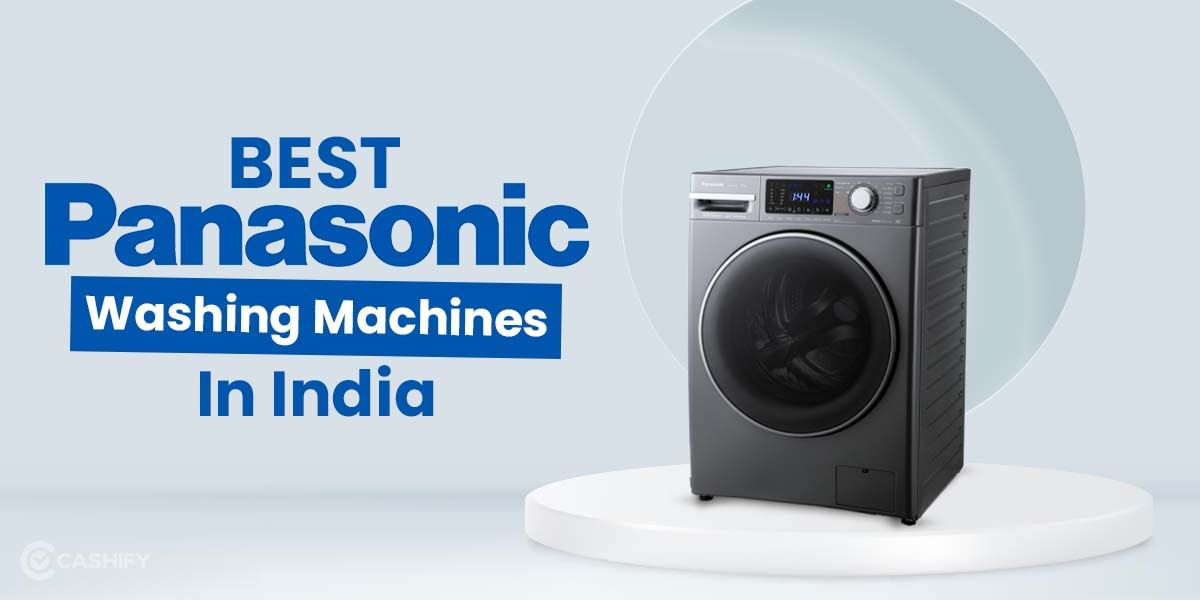Introduction
Recently, Samsung upgraded its mid-range A-series phones with some notable software and hardware improvements. The Galaxy A50 changed to the Galaxy A50s and the Galaxy A70 to the Galaxy A70s. These Samsung A-Series options are for retailing at both online and offline stores, and take advantage of Samsung’s branding and other R&D efforts that the South Korean giant has refined its flagship phone experience over the years.
Away from the bat, the Galaxy A70s is not an antenna monster, at least not by current standards. But can experience win glasses? Will the upgrade to A70 remain more relevant in the future? By now, we had enough experience with the phone and enough time to gather our thoughts.
Price in India, Variants, Availability
The smartphone comes in a price of 28,999 for the 6GB / 128GB model and 8GB / 128GB will get you for Rs 30,999. The three color options available are Prism Crush Black, Prism Crush Red, and Prism Crush White.

Box Contents
The A70s comes in a subtle box in the smartphone advertisement. Box includes a power adapter, charging cable, phone with a sim ejector tool. Samsung added headphones and case covers with the Galaxy A70. Everything you find in the box:
- The Phone Brick
- Travel Adapter
- Stereo Headset
- Data CableEjector Pin
- TPU case
- User Manual
Specs at a glance
- Display: 6.7-inch Super AMOLED screen, FHD+ resolution, 20:9 aspect ratio
- CPU: 2 GHz, Octa-Core, Snapdragon 675
- Memory: 6/8GB, 128GB, Hybrid slot, expandable up to 512GB
- Rear Camera: 64MP ( f/1.8 aperture) + 8MP(f/2.2 aperture) + 5MP (f/2.2 aperture)
- Selfie Camera: 32MP (f/2.0)
- Battery: 4500mAh, 25W Fast Charging
- Security: Fingerprint (rear-mounted)
Design and Build Quality
Samsung adds a new gradient pattern to the S-model, which is somewhat similar to Realme’s diamond-cut design but is subtler. The phone retains the glass finish, but it is made of plastic. Samsung also deserves credit for making it a very convenient big-phone. Despite the theft, the Galaxy A70 is certainly not heavy. It is reasonably thin and quite comfortable to handle.
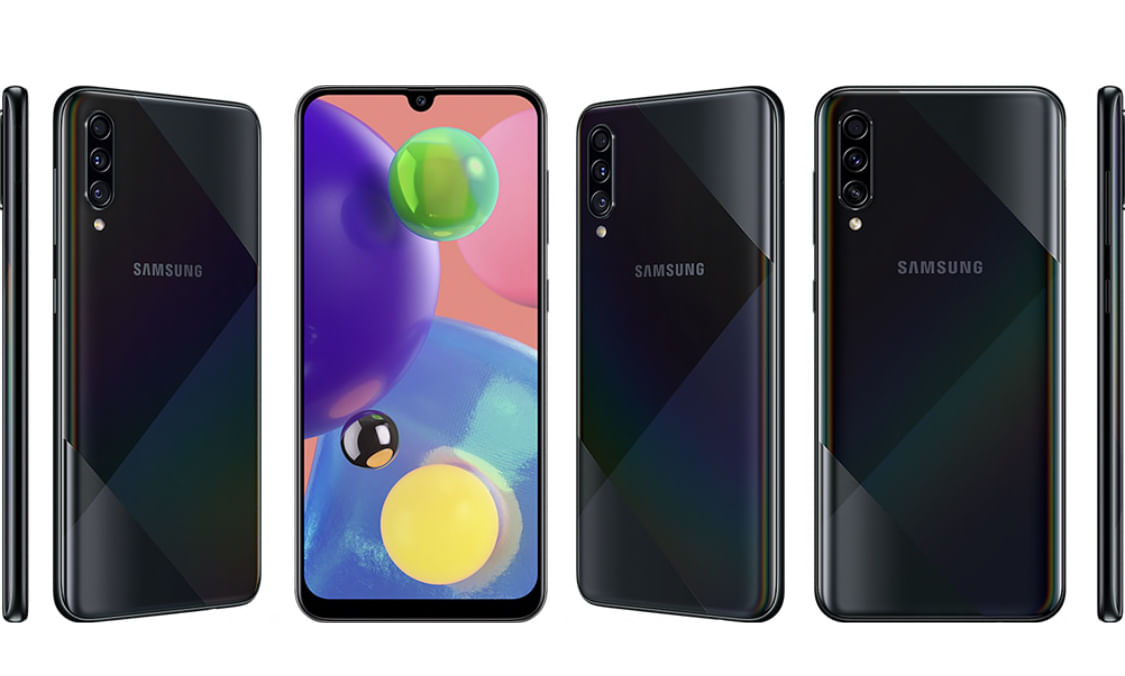
The screen bezels are narrow, with the strip at the bottom, and – in contrast to what we had anticipated when pop-up phones initially start popping up left and right – the U-shaped dot notch. The camera adjusts still very much in trend.
Both the USB Type-C port and audio jack are present on the lower edge, and the SIM tray has a separate slot for the microSD card. The speaker grill is definitely small, but we had no problem in attending the call.
For biometric unlock, the A70 has an optical in-display fingerprint sensor. There is also a face unlock feature supplemented by unlocking animation.
Display
The Galaxy A70s features a 6.7-inch Infinity-U Super AMOLED display, similar to the Galaxy A70. The panel seems unchanged, which is fine because the A70’s Super AMOLED display was high due to it being a Super AMOLED panel. The default display mode is set to natural, so colors don’t pop as much as possible on the A70, but you can change it with a quick trip in the display settings. The brightness level is high, and I have no problem even with the full force of the sun on the phone.
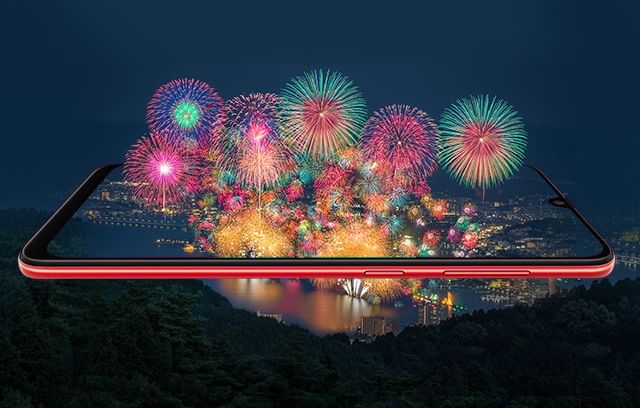
The size of the bezels also remains unchanged. The lower bezel is twice as thick as the bezel on the top and sides, and I think Samsung did something about it. After all, the A70s is launching a month or so after the Galaxy Note 10, and while I understand that the company has only taken the Galaxy A70 and made some changes to make the A70s, the asymmetric bezel can be a curse. The waterdrop notch at the top doesn’t distract, and you will ignore it in everyday use without any time.
Full HD + resolution is probably slightly lower on this large screen. Across the screen, there is a certain softness to the mouse, text, and some elements. However, I suspect that most users will take care of them until or unless the phone is placed next to a high-resolution panel. We should note that performance is often the most critical component of any phone, so Samsung can save some money by sticking to Quad HD + instead of sticking with Full HD +.
Robust settings are available to adjust performance. You can change the saturation level and adjust the white balance, and also the individual values for the RGB spectrum.
Performance
The Samsung Galaxy A70s works with the 11nm Snapdragon 675 octa-core chipset. Back in April, the same chipset as the Galaxy A70 did not appear, but in the interim months, the Snapdragon 700-Series became more prominent in the affordable space. As a result, the Snapdragon 675 looks a little inadequate.
It is still one of the best chipsets you can get on phones that aim to retail offline in the same price bracket (say: Vivo V17 Pro, Oppo Reno 2z). Another downside is that Samsung backs up the chipset with enough 128GB of storage and RAM (6GB / 8GB). Users can add another 512GB of microSD storage if needed.
From a practical point of view, day-to-day performance is smooth (especially if there is no sanity), and we can also engage in high-end mobile gaming. PUBG performs well with Smooth Graphics and Ultra Frame Rate or HD Graphics and High Frame Rate.
So, overall, if you’re not into gaming, performance isn’t a problem. But yeah, this is an area where Samsung is cutting corners. The same is true of biometric unlock. The optical in-display fingerprint sensor on the A70s is slow and unstable.
Software
One UI software remains a clear interface, and the Galaxy A70s also receive a full version of Samsung Pay – a straightforward payment system for credit card users operating in almost all POS terminals in India. The clean and tasteful software design should lend the Galaxy A70s a competitive edge over China.
The Galaxy A70s supports dual 4G VoLTE and dual-band Wi-Fi.
Cameras
The Galaxy A70s has a 64MP primary camera on the back, along with 8MP ultra-wide and 5MP depth cameras. The camera uses pixel binning to create 12-megapixel photos by default, so you can’t get 48MP files. And the results are excellent. The brightly lit parts of the camera scene are overpowering, so the detail in daytime shots is impressive, like the red flowers you see in one of the models below. Images lose detail in low-light conditions, but the A70s take brighter night images than the Galaxy A70 can handle with its 13MP rear camera.
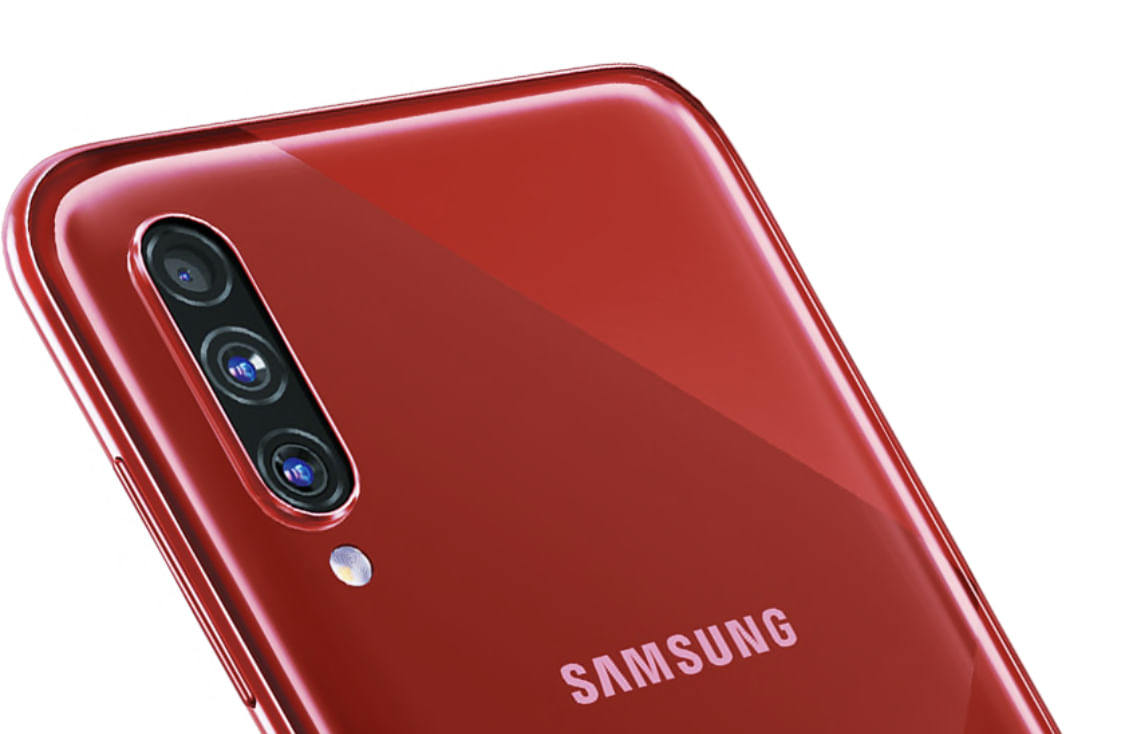
Also, there is a dedicated Night Mode to brighten the scene, but it does not seem to inflate any detail and shows much of the light source. Night mode images also cut the image a bit, and there is no option to take night mode images with ultra-wide images, another feature you find in flagship galaxies.
The ultra-wide photos taken during the day are not very detailed, and nothing has changed here compared to the Galaxy A70 or Galaxy M40. Samsung still sticks to the 8-megapixel ultra-wide sensor with the F2.2 aperture, and is only good enough to fit in one scene and doesn’t win rewards for image quality. As far as bokeh pictures with Live Focus mode are concerned, the background separation is excellent in light conditions, and you get new blur effects from the Galaxy S10 and Note 10 series. The color point, which turns the background into black and white, is beautiful.
The Galaxy A70s comes with AR camera features such as AR Emoji, Super Slow-Mo Video Recording, Regular Slow Motion Mode, and Super Steady Mode, which is a reduced shake for recording action-like videos using ultra-wide cameras.
The A70 S 32-megapixel front camera is unchanged from the Galaxy A70. Selfies are in reasonable detail, and the camera manages to capture skin tones in the right tones, at least outdoors during the day. In low light, selfies are usually overexposed, and you lose a lot of detail, and the noise can also increase. You can take live focus selfies, and the background separation of these is excellent.
Battery Life
The Samsung Galaxy A70s has a 4500mAh battery, and just like all mid-range and high-end Samsung phones have launched in the past two months, it also benefits from 25W USB PD fast charging. The universal charging standard works well, and you need to make sure that you can buy third-party fast chargers if needed.
The Galaxy A70s ensures you get full-day use and more. On average, the phone has been close to two full days. Screen-on time is close to seven hours, which is pretty good for a phone with such a large display.
It is easy to top the battery. AWS was the first Samsung phone to ship with support for 25W fast charging. Although not as fast as some competing standards like VOOC or Dash, you can still charge the battery in under two hours.
Audio, Connectivity, Biometrics
The bottom of the handset has a mono speaker that is very loud. The phone has an audio jack, and you can also output audio via a USB Type-C port. Audio output through headphones is excellent.
For safety’s sake, Samsung likes to stick to the screen’s fingerprint sensor.
Pros & Cons
Pros:
- Long-Lasting battery, fast charging
- Light and manageable design
- AMOLED display
- Dedicated microSD card slot
Cons:
- The in-display fingerprint sensor is sometimes slow to respond
- Mediocre processor chipset
With a price tag of Rs 28,999 for the 4GB RAM and 64GB storage variant, the smartphone will compete with the smartphone maker this year. The top-end model with 6GB RAM and 128GB storage variant is priced at Rs 30,999. Although you can find features like the Super AMOLED display and 64MP triple rear camera on many other smartphones at this price point, what sets the A70 apart from others is its 6,000mAh battery.
If you don’t want to use a portable charger or forget to charge your device frequently, then this smartphone is a gift for you. But if you want a more compact device in this segment, RealMe5 offers many other options like Vivo Z1X and Redmi Note 7 Pro.

